Curious about how to recognize plastic surgery? Learn the key signs of plastic surgery, including facelift scars, Botox effects, and rhinoplasty clues.
Key Takeaways
- Common signs of facelift surgery include visible scars, pixie ear deformity, and stiff facial expressions.
- Rhinoplasty complications can manifest as pollybeak deformity, over-rotated nasal tips, and bridge irregularities.
- Indicators of eyelid surgery and liposuction include unnatural eyelid creases, significant scarring, and sagging skin.
Facelift Indicators
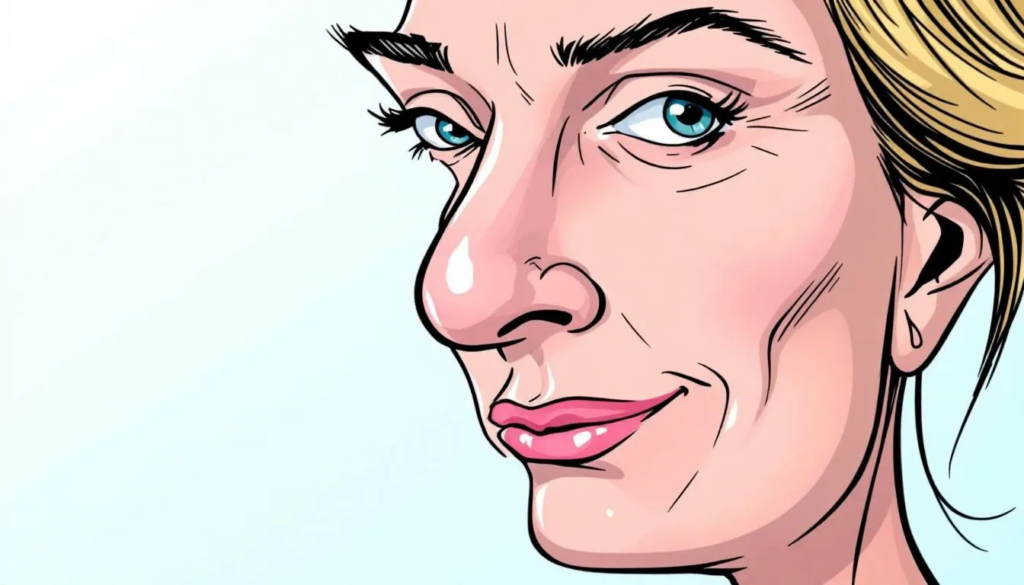
Facelift surgery is a popular facelift procedure aimed at facial rejuvenation by addressing wrinkles, droopy jowls, and restoring a more youthful appearance. Though the intent is often discreet rejuvenation, certain signs can reveal a facelift.
These indicators range from visible scars to changes in facial expressions, including surefire signs of a scar.
Visible Scars
Visible scars are one of the primary indicators of facelift surgery. These scars can vary in size, shape, and color, depending on the surgical technique and healing process. Facelift incisions usually begin at the hairline near the temple. They run in front of and behind the ears, extending down to the lower scalp, leaving facelift scars.
The visibility of these scars depends on the cosmetic surgeon’s skill and the patient’s healing process. Poorly placed incisions can lead to noticeable scars, detracting from the desired youthful appearance.
Pixie Ear Deformity
Pixie ear deformity is another telltale sign of facelift surgery. This condition occurs when the earlobes become elongated or droopy due to improper surgical techniques that secure the facelift only to the skin instead of the cartilage.
This results in an unnatural appearance, with earlobes appearing pulled downward and altering the natural shape and position of the ears.
Stiff Facial Expressions
Stiff facial expressions often indicate facelift surgery. Excessive tightening during the procedure can compromise natural facial movements, leading to a ‘windswept look’ appearance and making it difficult to express emotions naturally.
Such stiffness dramatically alters how emotions are conveyed on a person’s face, signaling that a facelift may have been performed to lift the features.
Rhinoplasty Clues
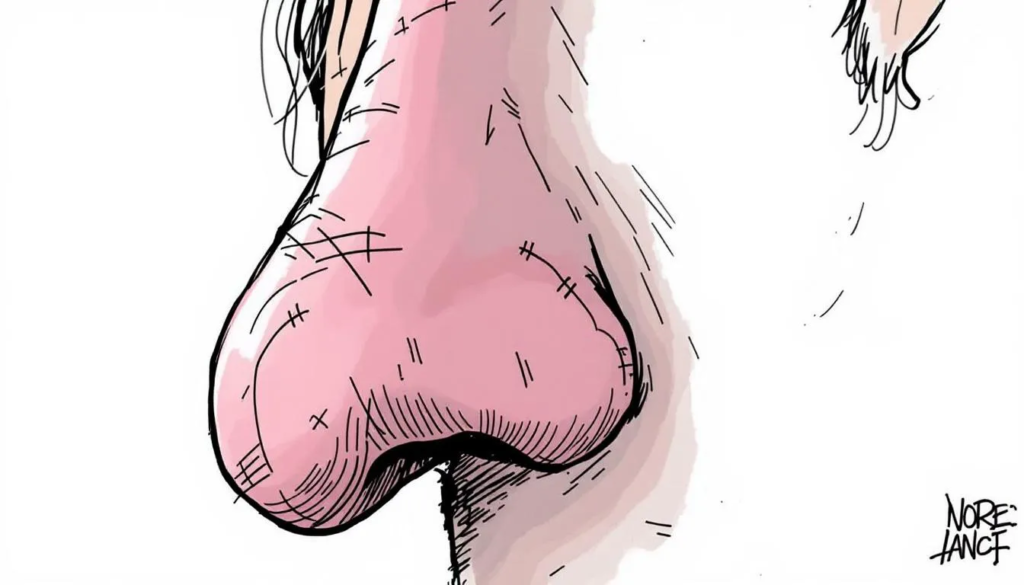
Rhinoplasty, commonly known as a nose job, is a complex cosmetic surgery aimed at reshaping the nose. The intricate structure of the nose means even minor surgical errors can lead to noticeable issues.
Typical signs of rhinoplasty include deformities like the pollybeak, over-rotated tip, and bridge irregularities.
Pollybeak Deformity
The pollybeak deformity is a specific sign of rhinoplasty that has not gone as planned. This condition occurs when insufficient cartilage is removed or supported, leading to an unnatural fullness at the nasal tip. The resulting shape resembles a parrot’s beak, hence the name.
To avoid this bulging appearance above the nasal tip, proper removal and support of cartilage are necessary.
Over-Rotated Tip
An over-rotated nasal tip is another common sign of rhinoplasty complications. This issue arises when excessive cartilage is removed, causing the nasal tip to be overly upturned. The result is an unnatural appearance where the tip of the nose points upward more than it should, disrupting the natural proportions of the face.
Bridge Irregularities
Bridge irregularities are also telltale signs of rhinoplasty. Improper support during the procedure can lead to an inverted-V shape or a scooped-out appearance along the nasal bridge. These deformities occur due to insufficient support or excessive cartilage removal, highlighting the importance of proper surgical techniques.
Maintaining the nose’s structural integrity is essential to avoid such irregularities.
Eyelid Surgery Signs
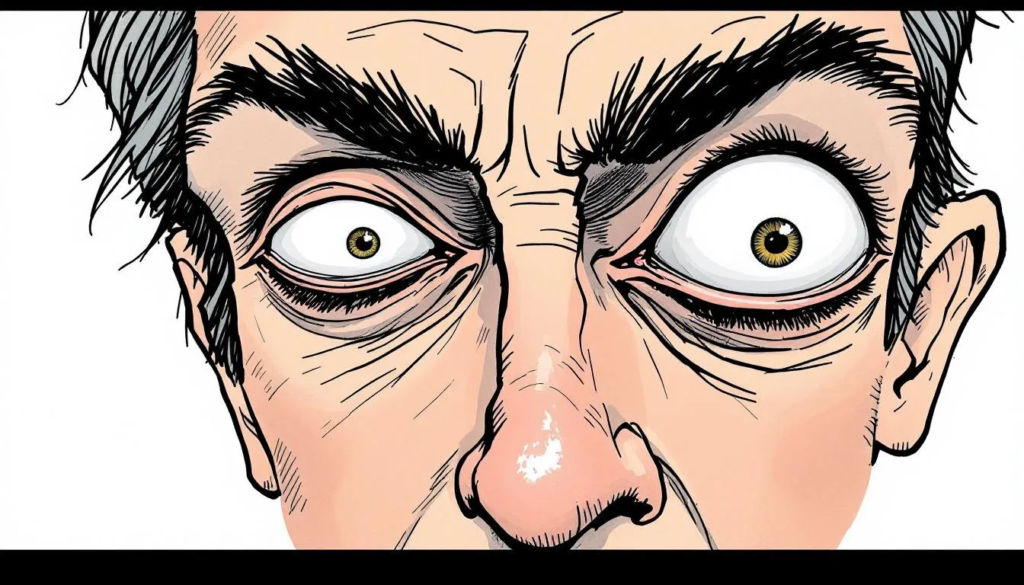
Eyelid surgery, or blepharoplasty, modifies the eyelids by removing excess fat, skin, and muscle. While it can significantly enhance appearance, signs such as unnatural eyelid creases, lower lid malposition, and visible scarring can indicate the procedure.
Unnatural Eyelid Creases
Unnatural eyelid creases can be a sign of eyelid surgery. Misplaced incisions during the procedure can alter the shape of the eyelids, leading to abnormal eyelid contours and asymmetry.
Correctly placed incisions are essential for maintaining natural eyelid aesthetics; otherwise, the eyelids may look unnatural.
Lower Lid Malposition
Lower lid malposition is another indicator of eyelid surgery. Incorrect positioning of the lower eyelid during the procedure can lead to significant changes in eye shape and appearance. This misalignment affects both aesthetics and eyelid function.
Proper surgical techniques are essential to avoid such risk complications for surgeons in a hospital.
Visible Scarring
Visible scarring is a common sign of eyelid surgery. If surgical incisions are not strategically placed within natural skin folds, the resulting scars can become prominent. Excessive removal of muscle or connective tissue can also cause scarring to be more noticeable, detracting from the desired results of the surgery.
Liposuction Red Flags
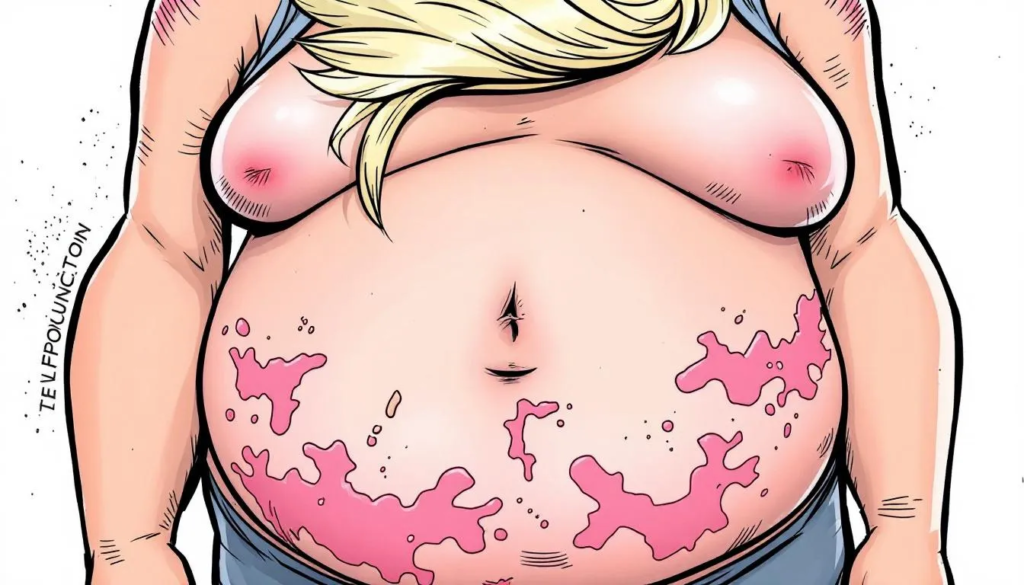
Liposuction is a popular cosmetic surgery procedure for fat reduction, helping individuals achieve their desired body shape. However, if not executed properly, liposuction can yield undesirable results, including significant scarring, uneven contours, and sagging skin.
Significant Scarring
Significant scarring is a major red flag of poorly executed liposuction. Poor incision placement can lead to noticeable scars that detract from the aesthetic benefits of the procedure.
Typical scars from liposuction measure about 2mm in length, but improper techniques can result in larger, more visible scars.
Uneven Contours
Uneven contours are another indicator of poorly performed liposuction. Failure to remove fat evenly during the procedure can cause lumpy or irregular shapes in the treated area. Such irregularities not only affect the appearance but also highlight the importance of choosing a skilled and experienced surgeon.
Sagging Skin
Sagging skin can result from excessive fat removal during liposuction. Factors contributing to visible laxity include removing too much fat, pre-existing loose skin, and ignoring weight limits. This can lead to dimpling or skin waviness, especially if the procedure is not executed by a skilled surgeon.
Botox Mishaps
Botox is widely used to reduce wrinkles and achieve a youthful appearance. However, improper application or excessive use can lead to several mishaps, including a drooping brow line, a frozen forehead, and altered facial expressions.
Drooping Brow Line
A drooping brow line can be a result of Botox migrating to unintended areas, particularly the eyelid muscles. This migration can cause the eyebrows to droop, altering facial expressions and detracting from a person’s overall appearance.
Frozen Forehead
A frozen forehead is a common sign of excessive Botox use. This condition occurs when too much Botox is injected, leading to an expressionless face. While Botox is intended to reduce wrinkles, overapplication can overcome natural facial movements, resulting in a stiff, unnatural appearance.
Altered Facial Expressions
Altered facial expressions can also indicate Botox overuse. Excessive use of Botox can lead to a mask-like appearance, obstructing typical facial expressions.
Moderation in Botox injection application is crucial to maintain natural facial expressiveness.
Breast Augmentation Tell-Tales
Breast augmentation is a common procedure to enhance feminine contours and improve body proportions. However, certain signs can indicate breast augmentation, such as visible implants, asymmetry, and rippling.
Visible Implants
Visible implants are a telltale sign of breast augmentation. When implants are larger than the patient’s natural breast tissue, they can become noticeable beneath the skin, disrupting a natural breast contour.
This is especially true when the skin is thin.
Asymmetry
Asymmetry can occur when breast implants are not positioned correctly. Misaligned implants can create significant differences in breast size and shape, leading to visible imbalance.
Ensuring proper positioning of implants is crucial to prevent noticeable asymmetry.
Rippling
Rippling is characterized by visible folds in breast implants that can be felt or seen on the surface. This occurs when there is insufficient soft tissue coverage over the implant, leading to visibility of the implant’s texture. Visible ripples can indicate inadequate tissue coverage and may lead to dissatisfaction with the surgical results.
General Signs of Plastic Surgery
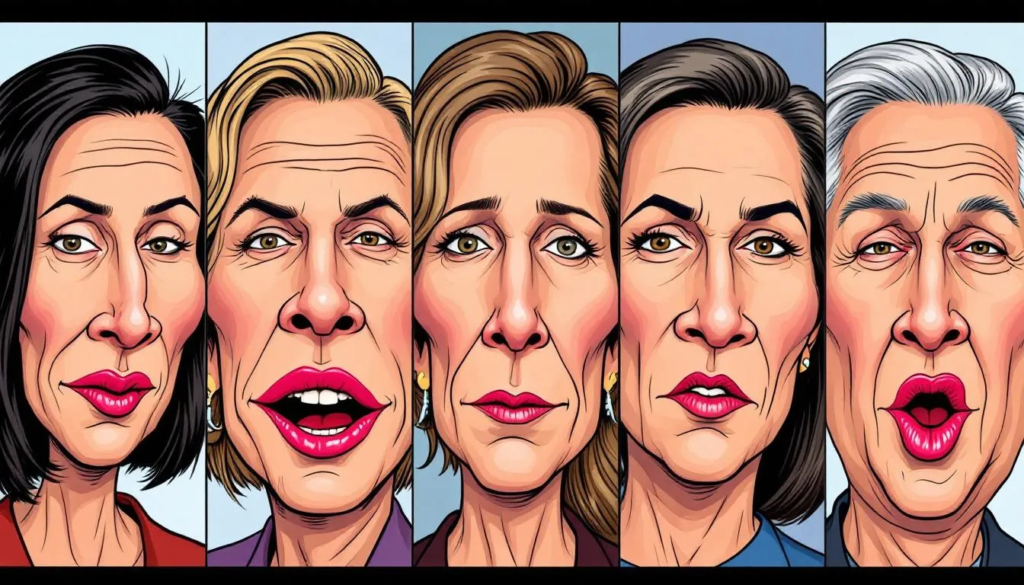
General signs of plastic surgery can include overly smooth skin, disproportionate features, and frequent swelling or bruising. These indicators can suggest that multiple cosmetic procedures have been performed by a cosmetic surgeon.
Overly Smooth Skin
Overly smooth skin can be a sign of excessive use of treatments like chemical peels or laser procedures. Although these treatments enhance skin texture and appearance, overuse can result in unnaturally flawless skin.
It is crucial to use these treatment in moderation to avoid an appearance that is too smooth and unnatural, while also maintaining realistic expectations.
Disproportionate Features
Disproportionate features can arise from imbalanced enhancements due to cosmetic procedures. Such imbalances disrupt natural proportions, making physical features look unnatural. This can include uneven implant placement leading to asymmetry, or excessive Botox use resulting in a stiff, unnatural appearance that disrupts facial harmony. Concerns about these issues are important to address.
Misplaced incisions, inadequate support, and incorrect surgical techniques can also cause these disproportionate features.
Frequent Swelling or Bruising
Frequent swelling or bruising can be a sign that a person has undergone multiple surgical procedures. Consistent inflammation or discoloration in facial areas can indicate repeated interventions, as these are common potential side effects of surgical procedures.
Frequent bruising or swelling around the face may indicate a history of multiple surgeries.
Summary
In summary, recognizing the telltale signs of plastic surgery can provide valuable insights into the world of cosmetic enhancements. From visible scars and stiff facial expressions to overly smooth skin and disproportionate features, these indicators can help identify someone who has undergone plastic surgery. Understanding these signs not only satisfies curiosity but also aids in making informed decisions about cosmetic procedures. Remember, the goal of plastic surgery is to enhance natural beauty subtly, ensuring that the results are both satisfying and discreet.
Frequently Asked Questions
What are the most common signs of facelift surgery?
The most common signs of facelift surgery include visible scars around the hairline and ears, a potential pixie ear deformity, and stiff facial expressions resulting from overly tight skin. Awareness of these signs can aid in setting realistic expectations for surgery outcomes.
How can you tell if someone has had a rhinoplasty?
You can identify if someone has had a rhinoplasty by observing signs such as deformities like a pollybeak appearance, an over-rotated tip, or irregularities along the nasal bridge. These features often indicate alterations made during the procedure.
What indicators suggest someone has undergone eyelid surgery?
Unnatural eyelid creases, lower lid malposition, and visible scarring around the eyelids are key indicators that suggest someone has undergone eyelid surgery. These signs can significantly alter the appearance of the eyes and surrounding areas.
What are the red flags of poorly executed liposuction?
Significant scarring, uneven contours from improper fat removal, and sagging skin due to excessive fat removal are clear red flags of poorly executed liposuction. It is crucial to consider these factors to ensure a satisfactory outcome.
How can you identify excessive Botox use?
Excessive Botox use is marked by a drooping brow line, a frozen forehead, and unnatural or stiff facial expressions. These signs indicate that the product may have been used beyond recommended limits.
